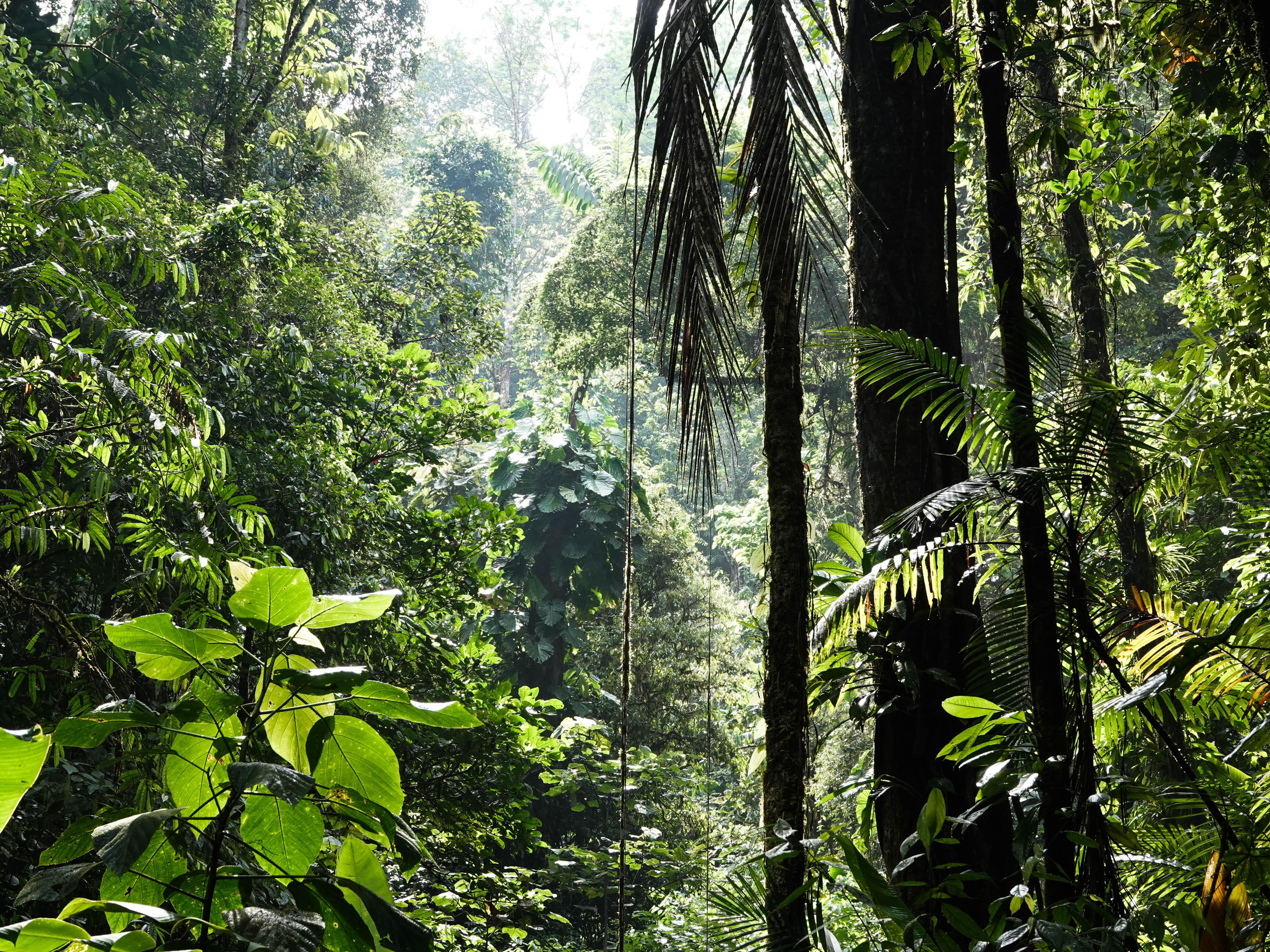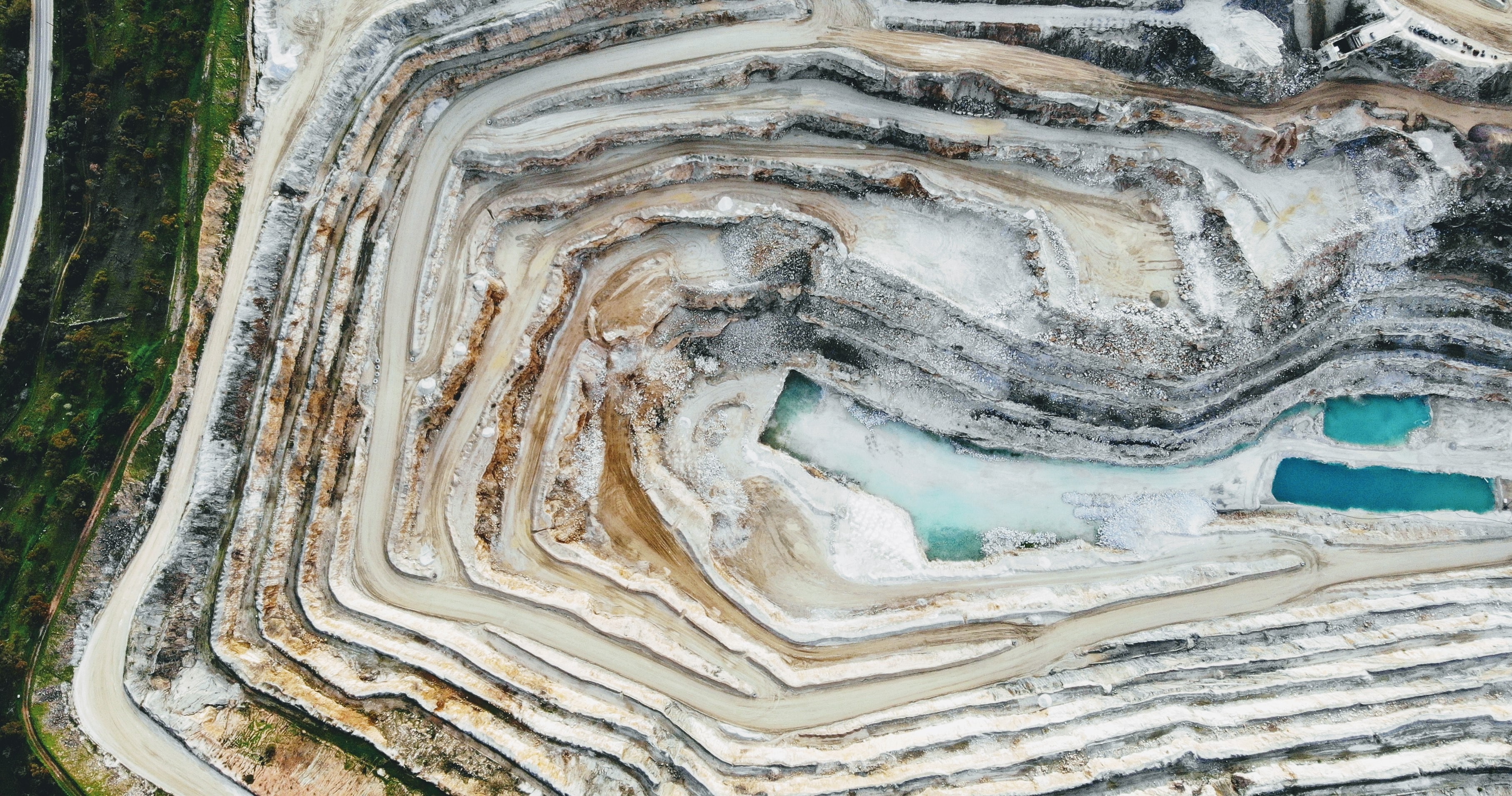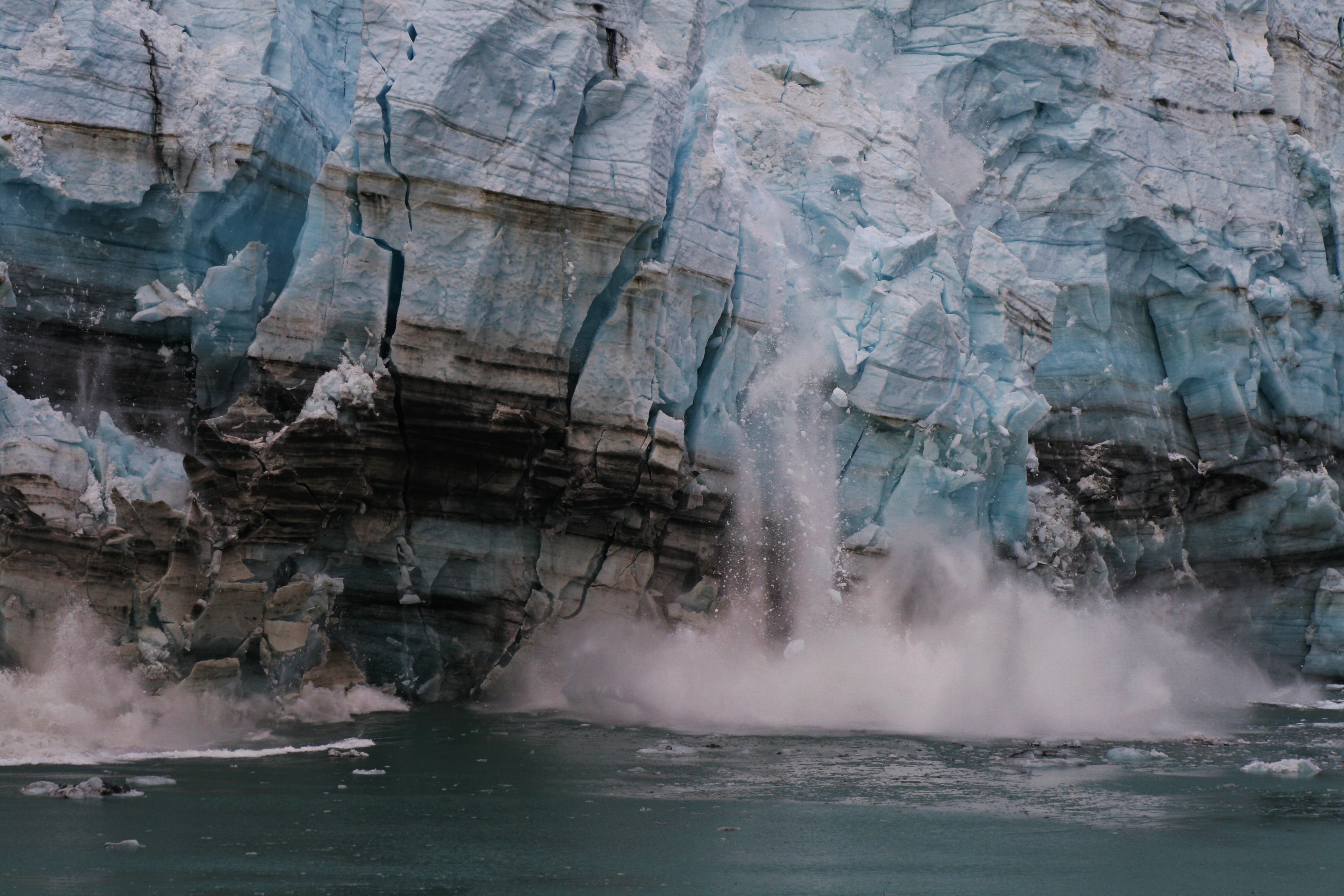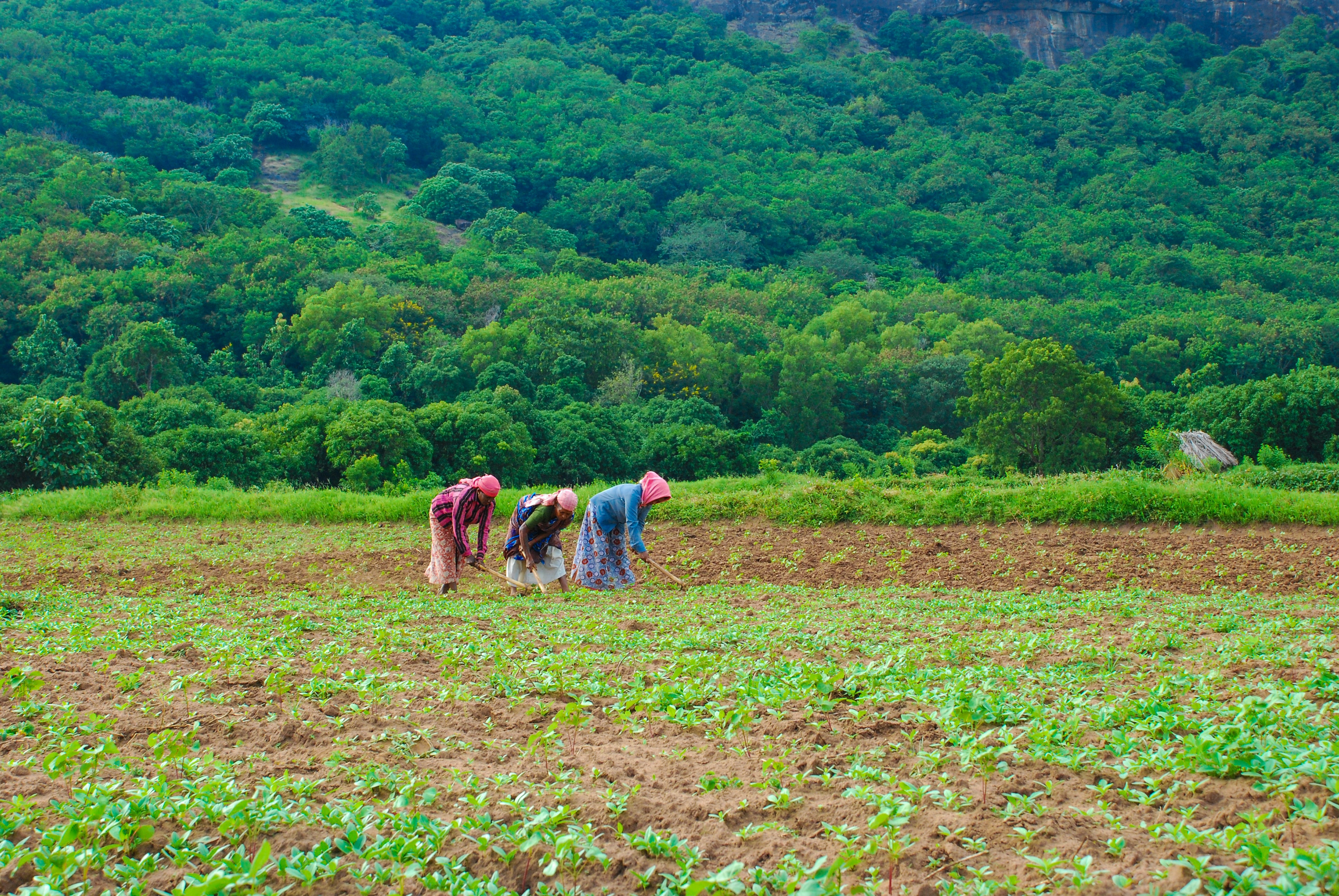
Natural-Resource Use and
Environmental Impacts
Natural-Resource Use
Consumption and production relies on the input of natural resources, which are extracted from the environment and often processed or manufactured to form the final products and services that we produce and consume.
- This includes materials like metals and minerals that are used to create products such as steel for buildings, aluminium for cars, copper for electrical products and many other rare-earth minerals that go into making electronics such as smartphones.
- The farming that produces our food and drinks, and the clothes we wear, depends significantly on natural resources including land, soil and water, as well as ecosystem services like pollination.
- The products and services we produce and consume also depend on burning fossil fuels such as coal, oil and gas to generate the energy that powers machinery, factories, processing plants, transportation and the use of many products and services.
- Even services like finance, education, healthcare and telecommunications that don’t produce physical products rely on infrastructure, technology and energy that are built and powered using natural resources.
The amount of materials used in production and consumption continues to rise at the global level and the rate at which materials are being extracted globally is outpacing both population and economic growth, meaning we are using more materials and less efficiently.
If business as usual continues, global resource extraction will increase 110% by 2060.

Environmental Impacts
Unsustainable consumption and production practices not only deplete natural resources through the use of material inputs, but also cause environmental impacts as a result of the extraction, processing, manufacturing, consumption and waste disposal at every stage of a product or service lifecycle.
These environmental impacts of unsustainable consumption and production are driving the three planetary crises we are currently facing: climate change, biodiversity loss, and pollution.
Climate change
- One of the most well-known environmental impacts of unsustainable production and consumption is climate change, which is primarily caused by burning fossil fuels like coal, oil and gas to create the energy that powers economic activity. This energy is used for heavy machinery for mining and industrial farming; factories for processing and manufacturing products; trucks, ships and planes for transporting products; energy related to consuming products and services; as well as the energy to power the necessary disposal and treatment of waste leftover from production and consumption.
- In addition to energy, climate change is also caused by the extraction and production of certain materials, which can release greenhouse gases as a result of chemical processes like in making steel for buildings and infrastructure. The production of food and agricultural products is also a major source of greenhouse gases, through the use of fertilisers containing nitrogen, as well as the raising of livestock which excrete methane, and the clearing of land for farming and grazing cattle which reduces the amount of carbon that can be captured and stored by trees and vegetation and increases the amount of CO2 in the atmosphere.
Biodiversity loss
- The ever-increasing amount of land that needs to be used for production and consumption, such as for agricultural, raw material extraction, forestry, or buildings and infrastructure, means clearing the land and removing all natural trees and vegetation. This destroys the biodiversity of the plant life on that land, and also harms animal and insect life through the loss of their habitats. The consequences of this biodiversity loss are dire and are already damaging the life-supporting systems of food, water and air on which all living things on Earth depend.
Pollution
- The amount of pollution that is created as a result of unsustainable production and consumption is also causing great damage to the planet’s life-supporting systems of food, water and air, and as a result harming human health and the health of the planet. While rubbish in the form of packaging or disused products is a major issue that harms both life in the oceans as well as on land, pollution doesn’t just happen at the end of a product or services’ lifetime. Pollution takes places at every stage of the value chain of a product or service, during the extraction of raw resources, the processing and manufacturing of goods, as well as distribution and consumption.
The consequences of these environmental impacts caused by unsustainable consumption and production can have a rebound effect that further reduces the quality and quantity of natural resources available. For example, unsustainable use of fertilisers in farming can end up reducing the quality of soil and water that is needing for future farming and fishing.
These environmental impacts are also deeply interconnected and affect one another, for example pollution contributes to climate change, and biodiversity loss is exacerbated by both climate change and pollution.

Socio-economic impacts
Natural-resource use and environmental impacts from unsustainable consumption and production also have socio-economic consequences for people around the world.
- Loss of natural resources and environmental damage can threaten livelihoods, especially of the more than one billion farmers in the world, leading to food and economic insecurity as well as nutritional issues.
- In addition to nutrition, pollution in land, air and water from unsustainable consumption and production also cause major health problems, especially for people living in poor countries.
- Loss of availability of natural resources and the livelihoods that depend upon them is also a major cause of conflict and war, which can jeopardise human rights, further damage the environment, destroy livelihoods and harm human health.
These socio-economic impacts caused by unsustainable consumption and production are also felt unequally throughout the world, thereby worsening inequality.
It is the poorest people who are most directly dependent on natural resources for their livelihoods, and most exposed to risk from damage to these resources and environmental impacts, with the least means and support available to cope with the consequences.
